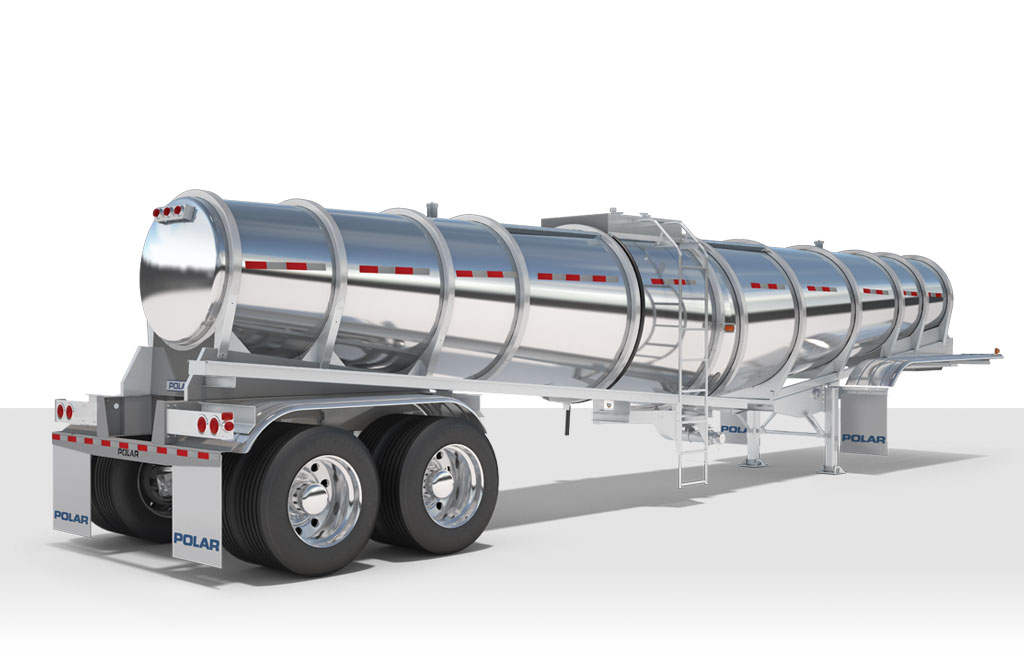Introduction to Polar Tanks and Their Significance
Welcome to the fascinating world of Polar Tank! These robust containers have a rich history and serve a multitude of essential purposes. Join us on an exploration as we delve into the development, uses, and significance of Polar Tanks throughout time. From early Arctic expeditions to modern-day applications, let’s uncover the secrets behind these impressive structures that play a crucial role in various industries.
Historical Development of Polar Tanks
The historical development of Polar Tanks dates back to their early use in Arctic and Antarctic exploration. In the 19th century, explorers relied on these specialized tanks to store essential supplies like water, fuel, and food during long expeditions in harsh polar environments. The sturdy construction of Polar Tanks made them crucial for survival in extreme conditions, allowing expeditions to venture further into uncharted territories.
As technology advanced, so did the design and materials used in manufacturing Polar Tanks. From traditional wooden barrels to durable steel containers equipped with insulation for preserving contents at subzero temperatures, these tanks evolved to meet the demands of modern polar exploration. Over time, innovations such as double-walled construction and UV-resistant coatings have enhanced the durability and longevity of Polar Tanks even further.
Today, Polar Tanks are not only used in polar expeditions but also find applications in various industries such as oil and gas, agriculture, and transportation. Their versatile design makes them ideal for storing liquids safely in challenging environments around the world.
A. Early Use in Arctic and Antarctic Exploration
As we delve into the historical development of Polar Tanks, it’s evident that their early use in Arctic and Antarctic exploration laid the foundation for their significance today. These specialized tanks have not only played a crucial role in facilitating expeditions to some of the most remote and extreme environments on Earth but have also revolutionized industries such as oil and gas, transportation, and scientific research.
From their humble beginnings supporting explorers braving icy landscapes to becoming essential components in modern-day operations, Polar Tanks continue to prove their versatility and durability. Their ability to withstand harsh conditions while safely storing liquids at extreme temperatures makes them indispensable assets in various fields.
Whether it’s transporting vital supplies across frozen tundras or storing volatile substances in challenging environments, Polar Tanks stand as testaments to human ingenuity and adaptability. As technology advances and our understanding of polar regions deepens, these specialized containers will undoubtedly evolve further, continuing to push boundaries and defy limitations.
In essence, the history and uses of Polar Tanks are intertwined with humanity’s relentless pursuit of exploration and innovation. As we look towards the future, one thing remains certain – these remarkable containers will continue to play a pivotal role in shaping our understanding of the world’s most extreme environments.
